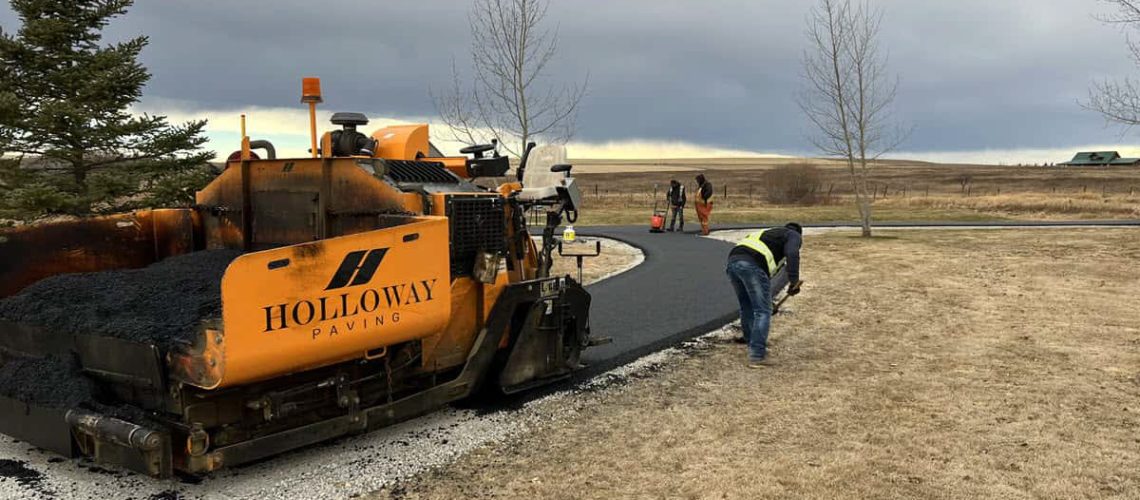Asphalt pavement is a vital part of our transportation infrastructure, providing a smooth and safe surface for vehicles to travel on. Its affordability and durability make it the material of choice for many roadway and parking lot projects.
The structure of asphalt pavement is designed to support the weight of traffic and withstand the forces of nature, while also providing drainage and flexibility to minimize cracking and potholes. Knowing how the layers of its structure work together makes proper design and construction possible to ensure a long-lasting asphalt pavement.
In this article, we’ll take a look at the different layers that make up asphalt pavement to better understand their characteristics.
Composition of Asphalt Pavement
Asphalt pavement is generally made up of four main layers, namely subgrade, subbase, base, and surfacing course. Each layer has different materials and properties that contribute to the overall strength and flexibility of asphalt pavement.
Subgrade
Typically composed of native soil or stabilized material, the subgrade provides a foundation for the pavement structure. It must be compacted and free of soft spots to provide a stable base for the other layers.
While some soils contain clay materials that are classified as unstable, they can be stabilized by mixing with lime, cement, or similar additives before compaction. Recycled materials like crushed concrete, reclaimed asphalt pavement (RAP), or a combination, can also be used in the subgrade layer.
When you have a solid subgrade layer, it will resist deformation from the weight of traffic and minimize cracking in the pavement, which reduces construction costs.
Subbase
Added on top of the subgrade, the subbase layer provides additional support and stability to the pavement. Common materials used are granular fill, crushed rock, lean concrete, and manufactured aggregate.
The particles in the subbase material are usually larger than those in the subgrade to allow better drainage. It also prevents smaller particles from being pushed up into the asphalt pavement during compaction.
While it’s not always necessary to have a subbase, a well-designed one will increase the overall lifespan of your asphalt pavement by distributing traffic loads and minimizing settlements. It can also be used as a stand-alone pavement in certain applications.
Base
The base layer is the main support for the asphalt pavement and can be made up of unstabilized or stabilized aggregates. Its thickness ranges from 4 to 6 inches, depending on the soil bearing capacity and traffic loads.
The base material is spread and compacted to achieve a high density for strength and durability. It must be able to resist the shearing force of traffic while also providing drainage to prevent water from saturating the base and subgrade layers.
Surface
As the topmost layer of the asphalt pavement, the surface must be able to withstand the wear and tear of traffic. It is usually made up of a hot mix asphalt (HMA) mixture, which is a combination of asphalt binder, filler, and aggregate.
The surface layer is generally divided into two sub-layers, namely the binder course and the wearing course. The binder course serves to bind the various materials together to provide structure to the HMA, while the wearing course ensures a smooth and wear-resistant surface for traffic.
A good surface layer can resist the effects of weather and aging, minimize tire noise, provide skid resistance, and improve drainage to provide a long-lasting driving surface.
Know what asphalt pavement looks like
Asphalt pavement is a complex structure made up of different layers, each with its own materials and properties that contribute to the strength and flexibility of the overall structure. A well-designed and constructed asphalt pavement will have a solid subgrade layer to provide a stable foundation, a subbase layer for additional support, and a base layer made up of high-density aggregates. The surface layer should be smooth and wear-resistant, with good skid resistance and drainage.








